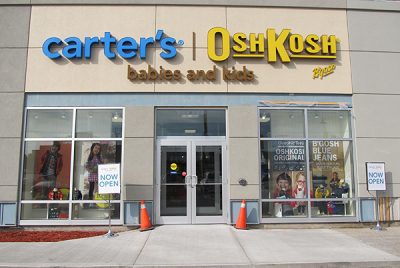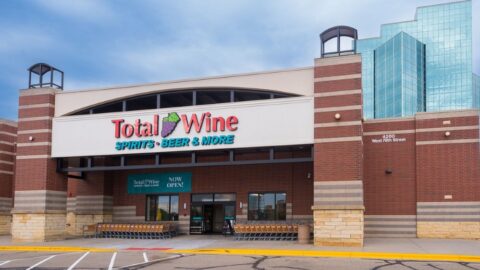Inventory carrying costs remain retailers’ biggest capital expense, but companies are generally cautious about reducing inventory levels as a way to cut costs. That’s because lowering inventory levels can create delays and out-of-stock situations that play havoc with the retailer’s service levels. Carter’s Inc., however, leveraged a decision support solution that helped the retailer trim eight days of inventory from its system, while actually raising service levels for its 800 retail stores and e-Commerce business.
For the first seasonal “buy” following the September 2016 implementation of the Anaplan Connected Planning solution, the children’s apparel retailer “shrunk our inventory carrying costs and increased our cash flow by $25 million in working capital, with no impact to our customers,” said Peter Smith, EVP Global Supply Chain at Carter’s. “We got improved service, match levels and fulfillment levels while simultaneously reducing inventory costs.”
More accurate supply decisions also helped the retailer shrink excess and obsolete inventory by 10%-15%. “When you’re buying with demand signals that are less accurate, and/or a customer doesn’t get the product in time and cancels the order, that produces excess inventory,” said Smith in an interview with Retail TouchPoints. “So a byproduct of improving our service levels was less obsolescence.”
Getting Fast Answers To ‘What If’ Queries
Carter’s initial success using the Anaplan solution to support supply and demand matching decisions is just the first step in a “much broader and more ambitious plan to get all of our critical decision-making into one environment,” said Smith. “That way we can ask ‘what-if’ questions on an ad hoc basis, and have the data available in one environment to answer them rapidly.”
These “what-if” queries can range from the impact of weather events to changes in the price of raw materials. “We could ask the system, ‘If there was a typhoon in Bangladesh that would delay all our purchase orders there, what would be the impact across our order base?’” said Smith. “‘What would be the financial impact? The increased load on distribution centers? And could we re-route orders through different DCs?’ Or say there was a 20% rise in the price of cotton. We would want to look at the previous season’s unit spread between synthetic and natural materials to determine our liability around minimum order quantities.”
Previously, figuring out the impact of such hypothetical events would take “at least a week and an army of people,” said Smith. “With this solution, we now get the answers in less than half a day.”
Volatility, Rapid Pace In Retail Raises Stakes For Decision Support
Quick responses to fast-changing conditions are becoming a business necessity, according to Smith. “I’ve been doing this for 32 years, and I’ve never lived in a more volatile time in terms of things happening in this industry,” he said. “Whether it’s something with our retailer partners, like the demise of Toys ‘R’ Us, or the Chinese buying up U.S. cotton to deal with the Trump administration’s threat of tariffs, stuff is happening much more rapidly and convulsively than ever before. So the ability to render an answer in a couple of hours’ time versus a week is a pretty material advantage.”
The Anaplan solution also can help provide guidance for decisions with long-term impacts, such as whether a demand spike requires onboarding a new supplier. “You can’t just add a factory overnight,” noted Smith. “As factory capacity has become a finite resource in terms of price point and quality in Southeast Asia, the scenario planning allows us to optimize our cost structure with both our quality expectations and our capacity restrictions. Having that type of forecasting horizon within a supply planning environment gives us a strategic advantage in a constrained supply environment.
“We’re not talking about a lightweight, narrowly focused tool,” Smith added. “It’s an enterprise-grade tool that manipulates 30 billion data elements to render a revised plan for us.”
The Anaplan solution was deployed over a 14-week period and went live in September 2016; Carter’s began to see benefits within a six-month time frame. Since then, Carter’s has expanded its decision support capabilities into assortment planning and financial modeling tools for its retail stores.
“The stores are very enthusiastic about the application of this technology,” said Smith. “We have multi-year plans to continue to add functionality and other applications to the environment.
“It’s a very nice virtuous cycle,” Smith added. “The more data you bring into the environment, the more comprehensive your decision-making can be, and the more ROI you get out of the entire environment.”













